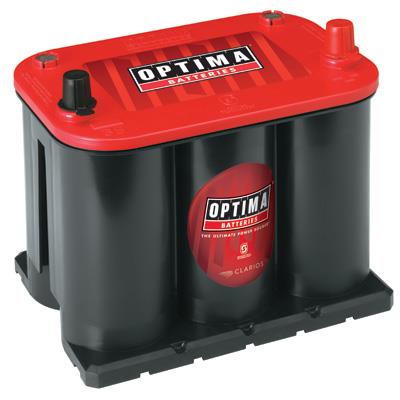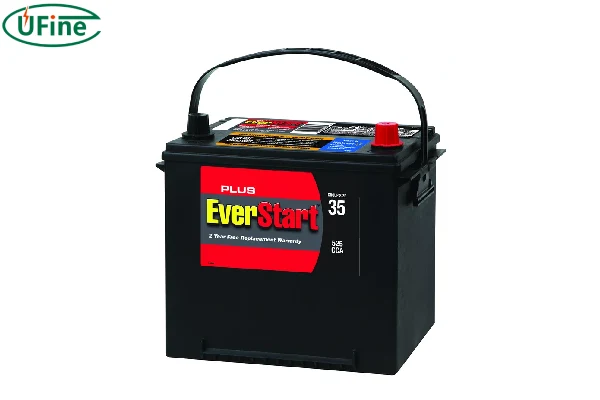AGM vs. Traditional Lead-Acid: Performance Comparison
Absorbent Glass Mat (AGM) Group 35 batteries have revolutionized automotive power systems by offering superior performance compared to traditional flooded lead-acid batteries. AGM technology utilizes a fiberglass mat separator that absorbs the electrolyte, creating a spill-proof design that can withstand vibration and extreme temperatures more effectively.
The key advantages of AGM Group 35 batteries include faster recharging capabilities, deeper discharge tolerance, and significantly longer service life - often lasting 3-5 years compared to 2-3 years for conventional batteries. They also perform better in cold weather conditions, maintaining higher cranking power when temperatures drop below freezing.
However, AGM batteries typically cost 40-60% more than traditional lead-acid options. For vehicles with high electrical demands, frequent short trips, or extreme climate exposure, the additional investment in AGM technology often proves worthwhile through improved reliability and reduced replacement frequency.




